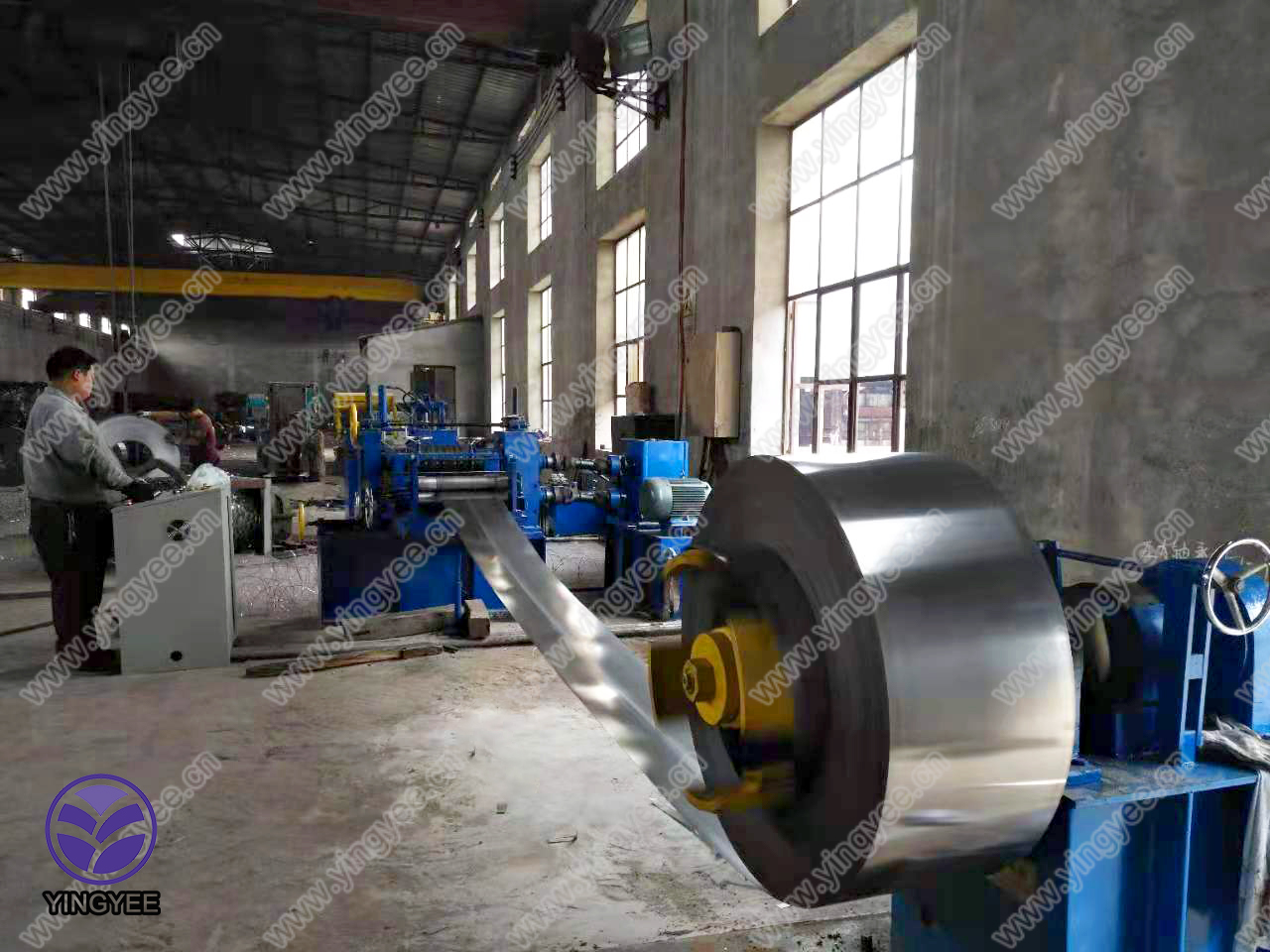
The Roof Sheet Bending Machine Revolutionizing Metal Fabrication
In the modern world of metal fabrication, innovations continually optimize processes, enhance efficiency, and improve product quality. Among these advancements, the roof sheet bending machine stands out as a vital tool that has transformed how industries approach the shaping of metal sheets. This article delves into the significance, workings, and benefits of roof sheet bending machines in today’s manufacturing landscape.
Introduction to Roof Sheet Bending Machines
A roof sheet bending machine is specifically designed to shape metal sheets into various profiles used in roofing applications. These machines aid in producing curved, flat, or trapezoidal metal sheets, essential for constructing roofs of commercial buildings, industrial sheds, warehouses, and residential homes. The machine's capability to bend and mold metal with precision is a crucial asset to manufacturers and builders alike.
How Roof Sheet Bending Machines Work
Roof sheet bending machines operate on principles of mechanical bending, utilizing a system of rollers or hydraulic mechanisms. The metal sheet is fed into the machine, where rollers exert pressure to bend it into the desired shape. The process typically involves several stages, including
1. Feeding The metal sheet is placed into the machine, often with an automated feeding system that ensures an even entry. 2. Bending The main bending process uses rollers or blades that apply pressure, transforming the flat sheet into the required profile. Depending on the machine’s design, adjustments can be made to control the angle and curvature, allowing for a high level of customization.
4. Finishing After bending, the sheets may undergo finishing processes to smooth out edges and enhance surface characteristics, preparing them for installation or further fabrication.

Advantages of Using Roof Sheet Bending Machines
1. Precision and Accuracy One of the most significant benefits of using these machines is their ability to produce highly accurate bends. This precision leads to reduced material waste and ensures that the metal sheets fit perfectly during installation, enhancing the quality of the final product.
2. Increased Productivity The automation and speed of roof sheet bending machines significantly boost productivity. Traditional methods often require more time and manual labor, whereas these machines can produce shapes rapidly, facilitating larger production runs and meeting tight deadlines.
3. Versatility Roof sheet bending machines can accommodate various materials, including steel, aluminum, and copper, making them versatile tools for different fabrication tasks. Additionally, many machines can easily switch between different profiles, enabling manufacturers to respond to diverse market demands efficiently.
4. Cost-Effectiveness Although the initial investment in a roof sheet bending machine can be substantial, the long-term benefits outweigh the costs. Increased efficiencies, reduced labor needs, and high-quality outputs contribute to overall savings, making these machines a wise investment for manufacturers.
5. Enhanced Safety Features Modern roof sheet bending machines are equipped with advanced safety features, minimizing the risks associated with manual metal bending processes. Automatic shut-off mechanisms, emergency stops, and protective covers ensure that operators can work safely.
Conclusion
The roof sheet bending machine is an invaluable asset in the metal fabrication industry, streamlining the production of high-quality roof sheets while increasing efficiency and precision. Its ability to adapt to various materials and profiles, combined with advances in automation and safety, makes it a game-changer for manufacturers and builders alike. As technology continues to evolve, we can expect further enhancements in these machines, driving the future of metal fabrication towards even greater heights. In a world where efficiency and quality are paramount, investing in a roof sheet bending machine could provide a competitive edge for any business in the building and construction sector.